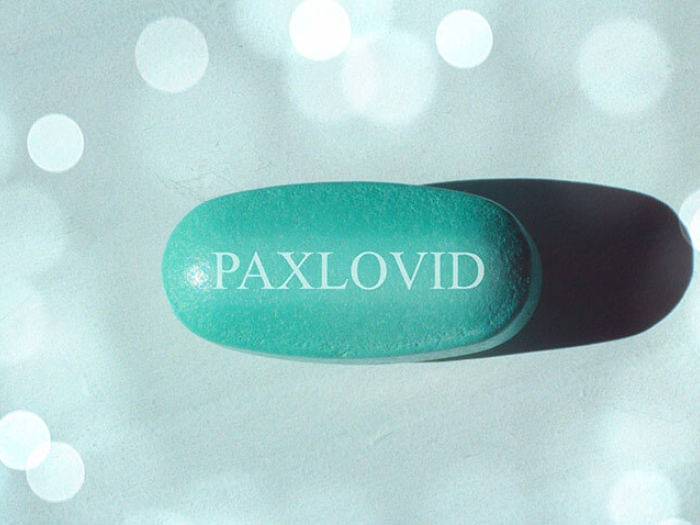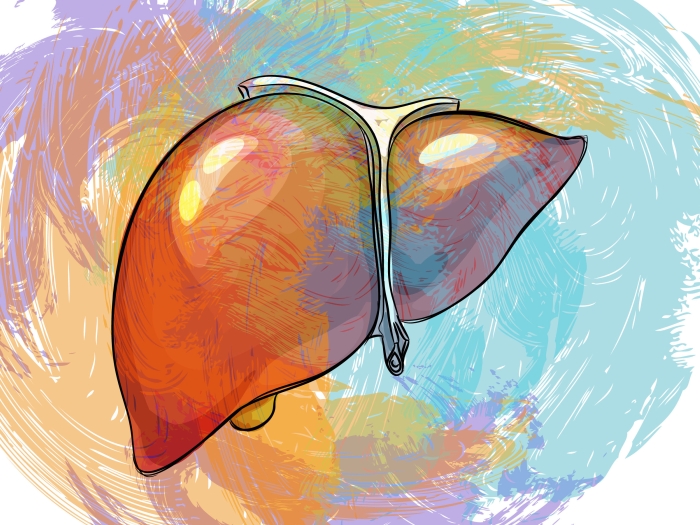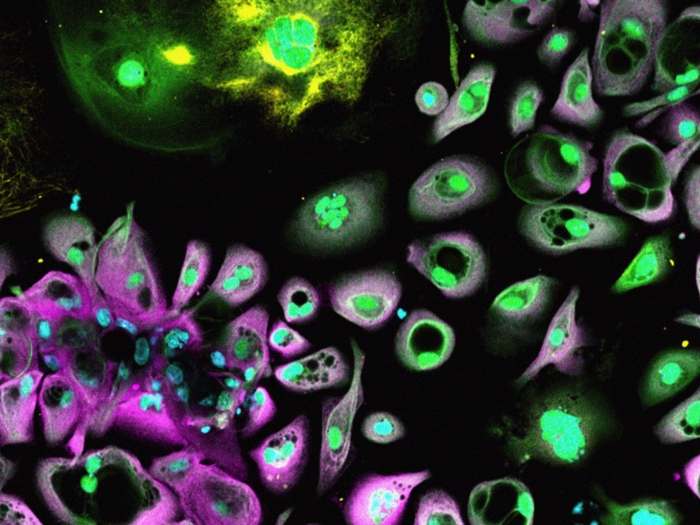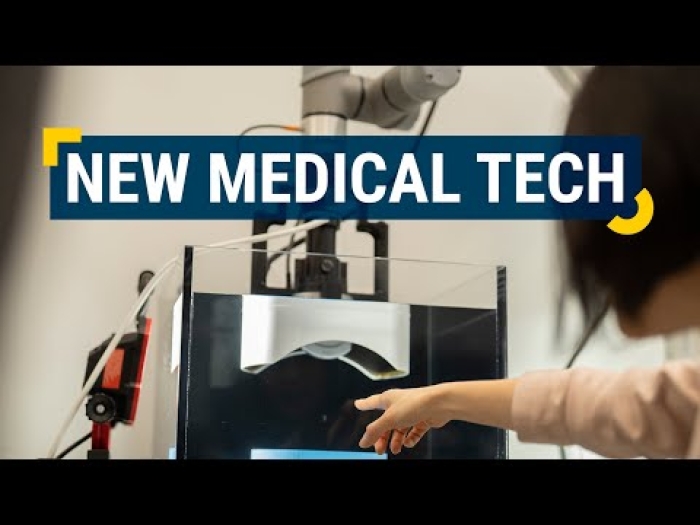When specialists across Michigan Medicine wanted to help him with his liver transplant, Al Nykamp recognized just how rare his situation was.
5:00 AM
Author |

In a single day, Al Nykamp was cured of liver cancer, cirrhosis caused by hepatitis C and hemophilia, an inherited condition that causes excessive bleeding at even the slightest injury.
The miracle trifecta was the result of a challenging and rare liver transplant in mid-January. It's a complicated procedure in its own right, but the addition of Nykamp's hemophilia, coupled with a new sensitivity he developed to a traditional blood clotting product, it made everything riskier.
"Being cured is amazing. It's something we never dreamed of," said Nykamp, 58, who lives with his wife, Kerri, in Holland, Mich., where he is a property assessor for a local township, a softball umpire, a cyclist and camper. The couple has three children and five grandchildren, three of whom also have hemophilia.
Nykamp realized his case was unique after several medical professionals explained they would be joining his care team.
"His combination of problems is rare, with less than five reported cases like his in the world," says Nykamp's surgeon Christopher Sonnenday, M.D., M.H.S., surgical director of liver transplantation at Michigan Medicine. The learning opportunity for him and his fellow colleagues was profound, he adds.
The hemophilia diagnosis
When Nykamp was 6 months old, he bit his tongue. The bleeding proved challenging to stop, so his parents had him undergo several tests which showed his blood lacked its clotting factor proteins, or hemophilia.
His parents were in shock, he said. Hemophilia is genetic, but Nykamp was adopted, so they didn't know his health history for the disorder. The CDC lists hemophilia as a rare disease, with an estimated 20,000 people, primarily men, living with it in the United States. Treatment for it consists of injecting clotting factors into a patient's blood.
"My case was considered mild because I would need these clotting factors injected when I had an injury which may have been only every three to five years, whereas other people may need to have it every day to live," Nykamp says.
Still, Nykamp's diagnosis impacted his childhood. In 1976, when he was 15, he crashed his minibike while riding in the field behind his house. He needed knee surgery, a decision that ultimately altered his life.
Hepatitis C stirs trouble
Bleeding complications during surgery, due to the hemophilia, meant Nykamp spent six weeks recovering in the hospital. During surgery he received blood, which he later surmised was tainted with hepatitis C. The American Red Cross and other blood banks didn't start screening blood for hepatitis C until 1990. Nykamp discovered the hidden condition when he was about 38-years-old and had a blood test for a routine physical. Subsequent tests revealed the hepatitis had attacked his liver, leaving him with cirrhosis.
He went through three different rounds of treatments through the years, using different chemotherapy-like regimens to halt the progression of the liver disease. Each regimen stabilized his liver enzymes for a couple of months but the decline continued, which led him to drive 2.5 hours to the University of Michigan Transplant Center, where he eventually was put on the transplant list in March 2019.
To complicate matters, his body began rejecting the clotting agent he'd used over the years to manage the hemophilia, so he was prescribed another medication via IV drip, which is only provided at hospitals. This sensitivity to the traditional medicine added an extra layer of challenges to a transplant because it made his hemophilia even more challenging to control, Sonnenday says.
MORE FROM MICHIGAN: Sign up for our weekly newsletter
To ensure he was a good candidate for a transplant, Nykamp went through more tests, including MRIs and CT scans.
The tests revealed cancer spots on his liver.
"If the cancer gets too bad, they pull you off the transplant list, so there is some added stress there," Nykamp explains.
His case was reviewed by the liver tumor board at Michigan Medicine, a multidisciplinary team of experts who specialize in treating complex and rare subtypes of cancer, and he subsequently received radiation therapy to target the spots.
"I was a human puzzle," says Nykamp. Eventually, he got the all-clear and remained on the transplant list.
Donor hunt
After several doctor's appointments with Sonnenday, his transplant hepatologist, Neehar Parikh, M.D., and hematologist, Suman Sood, M.D., the decision was made to use a live donor's liver to stave off a long wait on the transplant list.
It was the preferred method because Nykamp was being treated with the medication to suppress the antibodies that react with his hemophilia drug, said Sonnenday. The transplant had to be precisely timed to occur when those antibodies were at a safe, essentially undetectable level.
"The reason why a living donation was such a critical intervention for him is transplants can't necessarily be timed because they happen when the donor organ is available," Sonnenday explains.
Nykamp was hesitant at first because, "How do you ask somebody to give a part of your liver?" he wondered.
His daughter was the first to step forward, but she wasn't a good match. The Nykamps took their quest for a live donor to social media, tying it in with a fundraiser they were hosting through the National Foundation for Transplants to help with transplant related costs.
A woman from Holland, their hometown, who knew the family but wanted to remain anonymous to everyone but the family, underwent the day-long testing at Michigan Medicine to see if she could be the live donor.
She was a perfect match.
"She has a family member in the medical community and her family was very supportive with her going through with it," Nykamp says. "She was a Godsend."
Fortunately, those who decide to donate a portion of their liver experience liver regeneration within just months of when the transplant surgery took place.
Undergoing transplant surgery
Nykamp and his donor went in for surgery January 14, 2020. The operation lasted 12 hours.
He began feeling better immediately, since the lining of the liver produces the clotting factor that his blood was missing. While still in the operating room, his new liver began introducing clotting factors into his bloodstream, curing his hemophilia.
"It boggled the mind. When Dr. Parikh told us that was going to happen in one of our appointments before the transplant, my wife and I jokingly asked him if we could get a four-for-one deal," a cure for himself and three of his grandchildren who also have hemophilia.
"All the different teams were incredible, whether it be the pharmacy or anesthesia, hematology or surgery teams themselves," Nykamp explains. "They had a zillion hours into pre-op prepping. They did a lot of what-if scenarios that didn't need to happen necessarily for a normal transplant patient."
The miracle that almost didn't happen
Nykamp was hesitant at first about the transplant. Throughout his life he was warned surgery should be avoided because of the danger of bleeding internally. But the operation cured him of the chronic illness that plagued him his entire life.
"It's a real miracle from his perspective," Sonnenday says.
With the transplant, Nykamp was out of the hospital in three weeks, half the time he was in for his knee surgery as a teen. His donor has completely recovered as well, Sonnenday reports.
Nykamp's outcome has been life changing. Many tell him he looks better, with improved coloring and his eyes are now bright white. And he has the energy to play with his grandchildren.
"That's the best part, keeping up with them," he says. "I have been blessed with a whole new outlook on life because of this gift."
Like Podcasts? Add the Michigan Medicine News Break to your Alexa-enabled device or subscribe for daily updates on iTunes, Google Play and Stitcher.

Explore a variety of healthcare news & stories by visiting the Health Lab home page for more articles.

Department of Communication at Michigan Medicine
Want top health & research news weekly? Sign up for Health Lab’s newsletters today!





